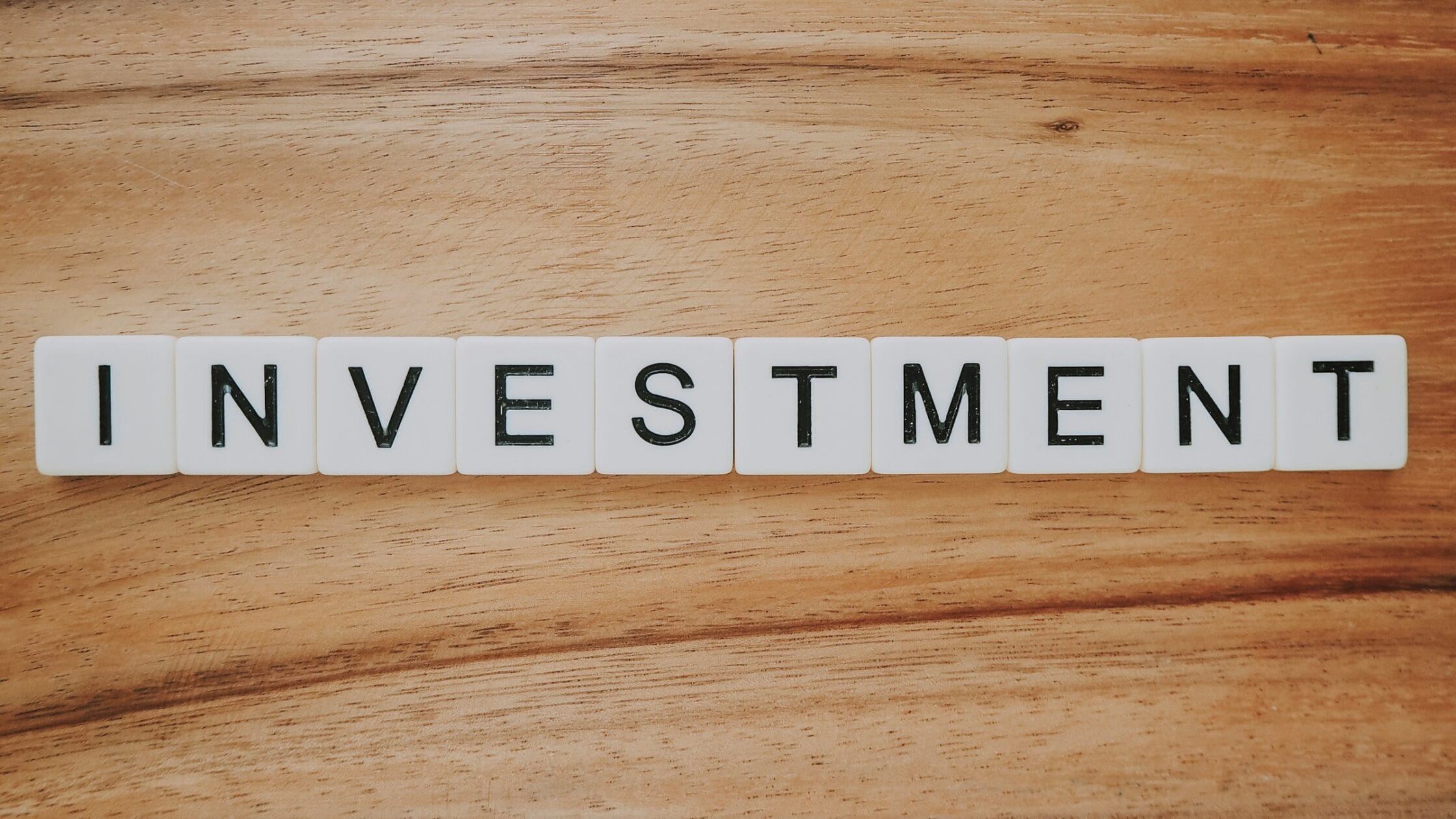If you’re a UK founder raising early-stage capital and not using SEIS or EIS, you’re leaving money—and investor interest—on the table.
These two government-backed tax relief schemes are often mentioned in pitch decks, but rarely understood well. They can:
- De-risk your startup for investors
- Open doors to new angel networks
- Improve your chances of closing a round quickly
What Are SEIS and EIS?
Both schemes exist to encourage UK investors to back high-risk startups by offering generous tax relief.
SEIS (Seed Enterprise Investment Scheme):
- Designed for the earliest-stage startups
- Investors get 50% income tax relief (up to £200k invested)
- No Capital Gains Tax (CGT) on profits from shares held 3+ years
- Loss relief if the startup fails
EIS (Enterprise Investment Scheme):
- Designed for early-growth stage companies
- Investors get 30% income tax relief (up to £1M annually)
- Also CGT-free on exits after 3 years
- Loss relief and CGT deferral available
Both schemes cap the amount of equity angels can hold (max 30% of the ordinary share capital, considering shares already held and those being acquired), protecting founder control.
Why Investors Care (A Lot)
These schemes make angel investing much less risky:
- Upside protected: No CGT if the startup succeeds
- Downside buffered: Losses can offset other income taxes
- Cash-flow flexibility: Relief can apply to the prior tax year, too
Investors expect SEIS/EIS eligibility. If you’re not prepared, you’re an immediate red flag.
What Founders Get Wrong
1. They don’t apply for Advance Assurance early enough
HMRC’s Advance Assurance gives investors confidence that your company qualifies. Apply before you start fundraising.
2. They mix SEIS and EIS funding on the same day
Not allowed. SEIS shares must be issued before EIS shares. Ideally, there should be a 1–2 day gap minimum.
3. They fail to plan for SEIS/EIS eligibility
There are hard rules:
- SEIS: Trading < 3 years, < £350k in assets, < 25 employees
- EIS: Trading < 7 years, < £15M in assets, < 250 employees (Note: For designated Knowledge-Intensive Companies (KICs), the trading limit can extend, often up to 10 years from first commercial sale, and KICs can also raise significantly more under EIS.)
- Both must be UK-based with qualifying trades
Mess up your structure or timing, and your eligibility can vanish.
The SEIS/EIS Timeline for Founders
Here’s a strategic sequence to follow:
- Structure your company to meet eligibility (check trading start dates, cap table, activities)
- Prepare key documents: pitch deck, business plan, financial forecasts, incorporation docs
- Apply for Advance Assurance from HMRC (takes ~4–6 weeks)
- Issue SEIS shares first, up to £250k max
- Wait at least one full day, then issue EIS shares
- Track share issues carefully, then submit compliance forms (SEIS1/EIS1)
- Give investors their certificates (SEIS3/EIS3) so they can claim tax relief
Strategic Use Cases: SEIS and EIS in Action
Scenario 1: Pre-Seed Round
Use SEIS to raise your first £250k from friends, family, and angels. Apply for Advance Assurance before you speak to anyone. Make sure your valuation and share structure work with SEIS rules.
Scenario 2: Seed Round Following a Pre-Seed
If you have already raised £250k SEIS, you can now use EIS to raise £500k–£2M. Highlight this in your deck. EIS-ready status is a selling point.
Scenario 3: Convertible Note Converts to Equity
If you’ve issued a convertible note (SAFE/ASA), comply with SEIS/EIS triggers when the note converts. There are nuances here. Get legal input.
Common Mistakes (and How to Avoid Them)
- Waiting too long to apply: You need Advance Assurance before raising.
- Raising SEIS after EIS: HMRC will reject the SEIS portion. Always SEIS first.
- Non-qualifying trades: Some sectors (like banking, property, and legal) are excluded.
- Misunderstanding investor limits: Investors can’t hold >30% of equity (this includes their existing shareholding plus any new shares from the SEIS/EIS investment).
Smart Founders Plan for SEIS/EIS Early
SEIS and EIS aren’t admin afterthoughts. They’re strategic tools that:
- De-risk your round for angels
- Improve investor conversion rates
- Protect founder control while bringing in smart money
Suppose you’re planning to raise and are unsure whether you’re SEIS/EIS eligible, or need help preparing for Advance Assurance. In that case, I can introduce you to smart people who help early-stage founders structure their rounds, nail investor readiness, and fundraise smarter.
Make sure your raise is as fundable as your idea.
